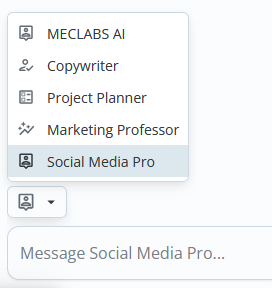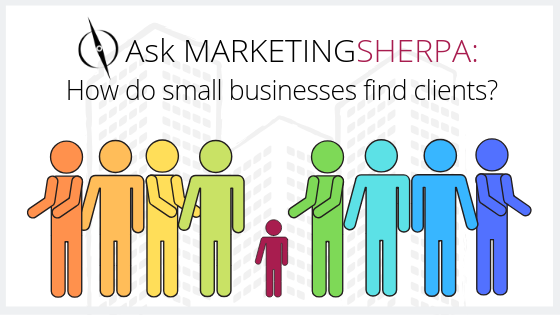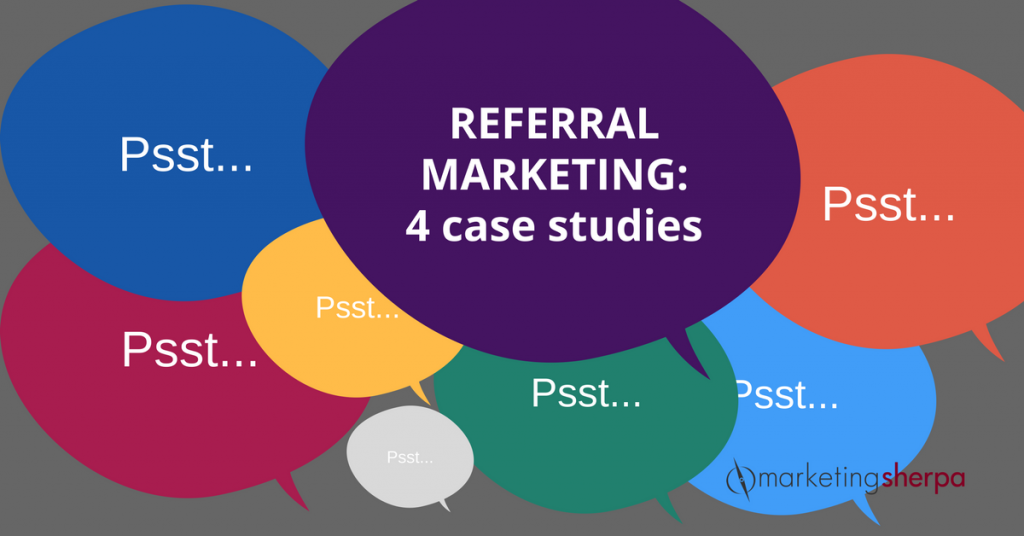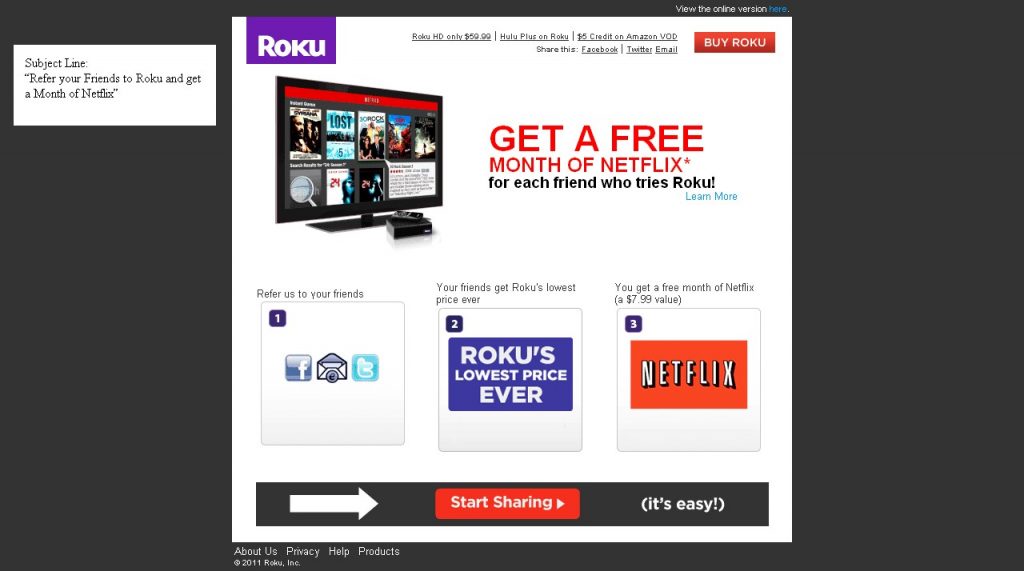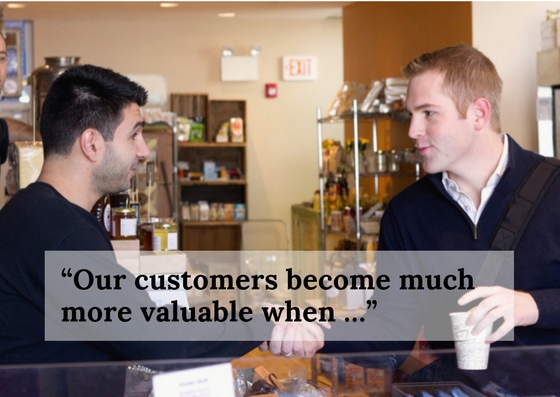Marketing has a language all its own. This is our latest in a series of posts aimed at helping new marketers learn that language. What term do you find yourself explaining most often to new hires during onboarding? Let us know.
This article was originally published in the MarketingSherpa email newsletter.
An influencer is a person or thing (like a cartoon character, bot, etc.) with an audience and the ability to “influence” that audience to take certain actions – usually involving both their content area of expertise as well as purchasing products and services.
For example, a fitness influencer might convince his or her audience to follow a specific workout plan (free) as well buy a certain pair of workout pants (paid product).
The rise of influencers
In the early 1900’s, America was the land of opportunity drawing immigrants from around the world with the hope that “the streets are paved in gold.” Today those golden streets are on TikTok, YouTube, Instagram, and the like drawing mere mortals with the hopes that they could be the next homegrown celebrity.
The growth of social media and easy internet publishing has enabled this new rise of influencers, however, brands have always leveraged people with influence to act as a spokesperson. In the past, the role was often filled by movie starts, athletes, musicians, or others with access to a large audience thanks to traditional publishing and media distribution channels. Today’s influencers have a far more direct relationship with their audience, and often use their own channels in marketing partnerships.
Another factor that has enabled the rise of influencers is the fractured media landscape. As brands found it more difficult to reach mass audiences through traditional channels like television and newspaper advertising, they were forced to find new avenues to reach potential customers.
Which brings us to today. The global influencer market is worth $13.8 billion, according to Statista Research Department. More than half of marketers (57%) use influencer marketing, according to Pamela Bump on HubSpot.
The role of influencers in a marketing plan
There are eight micro-yeses you need to earn from a customer for a transaction or other conversion action to take place, according to the free digital marketing course Become A Marketer-Philosopher: Create and optimize high-converting webpages from MECLABS Institute (MarketingSherpa’s parent organization). You can see all eight micro-yeses in the Landing Page Blueprint PDF.
Influencer marketing can help with three of those micro-yeses:
- Yes, I will pay attention – influencers can help bring their audience’s attention to your brand
- Yes, I will engage deeper – influencers can create content or position your brand in other ways to engage their audience
- Yes, I believe – influencers have credibility with their audience, and that credibility can help their audiences believe in your products and services
The success (and failures) of influencers
Influencer marketing can be successful for brands, and wildly successful for the most popular influencers. In TikTok Stars’ Earnings Rival CEOs’ As They Build Their Own Empires, Joseph Pisani and Theo Francis compared influencer earnings to CEO salaries, with some of the most popular influencers on TikTok outearning CEOs of Fortune 500 companies like Exxon Mobil, Starbucks, and Delta Air Lines. It should be noted that while influencer income came from brand promotions, it also came from creating their own product lines and signing media deals with traditional publishers.
But as with any tactic, results will vary and social media following is not the same as revenue and sales. BHCosmetics Holdings, LLC filed for bankruptcy protection two weeks ago despite having 3.6 million Instagram followers and 1.8 million Facebook followers thanks to its influencer marketing campaigns.
“BHCosmetics pinned its hopes last year on product launches promoted by newly signed celebrity influencers Doja Cat and Iggy Azalea, Mr. [Chief Restructuring Officer Spencer] Ware said. The influencer campaigns failed to drive the expected sales, exacerbating the company’s liquidity crunch and forcing it to look at restructuring alternatives, according to papers in the U.S. Bankruptcy Court in Wilmington, Delaware,” Andrew Scrurria report in The Wall Street Journal article Beauty Brand Fails as Influencers Fall Short.
Transparency in influencer marketing
When influencer marketing works, it is because these paid promotions are very similar to organic product recommendations from a trusted friend. The difference is these recommendations aren’t being made only because the influencer likes the product. These recommendations are made because influencers are paid by brands (or given something of value).
Its important to be transparent and open about these relationships – not only because you don’t want to alienate your customers, but also because there are Federal Trade Commission regulations. (Editor’s note: obviously this is not specific legal advice and if you have any questions, you should consult an attorney).
Here’s a quick example of the importance of transparency in your influencer marketing, from Kelly Keenan’s book Everyone Is An “Influencer” (Full Disclosure: the publishers sent me a free copy of this book):
“In 2018, the agency [FTC] issued a formal admonition to detox tea company Teami. The FTC warning clearly advised the Florida-based tea company that all connections between endorsers and advertisers much be disclosed and viewable. Teami, like many other brands, refused to take the warning seriously.
In 2020, Teami was charged with making false claims about the benefits of their teas. They were also breaking rules: Burying sponsored post descriptions on Instagram from well-known entertainers and influencers who were endorsing these fallacies. The FTC bluntly indicated that they had seen enough of Teami’s deceptive practices and handed down a $15 million judgement. However, based on the company’s financial condition, the $15 million find was partially suspended upon the payment of $1 million.”
Protecting influencer’s reputations
Transparency is important to protect your brand’s relationship with its customers and influencers relationship with their followers, and so is coming through for customers by delivering on your company’s value proposition and promises.
As mentioned, influencers can help customers reach the conclusion “Yes, I believe.” They are vouching for your brand. They are putting their reputation on the line. So, make sure your company delivers on whatever they are promising.
Here’s an example. “We had an Instagram influencer new product/holiday promotion scheduled to run from December 11th – 19th [in 2020] during Covid,” said Karin Shoup, Founder, Sportchic.
The vegan leather tote bag and backpack company received 107 orders – 37 were fulfilled directly but 70 of the orders were for products that were stuck on a cargo ship from China and hadn’t arrived yet.
The team personally emailed each of the 70 customers letting them know that they did not have the inventory in stock yet and could not promise delivery before Christmas. They offered to immediately reimburse their purchase if the customer chose to do so and wished them happy holidays.
There were only four order cancellations. When the company finally received the shipment on December 21st, they notified each customer that their package would ship on the following day.
“We were so surprised to see consistent five-star product reviews appear on our website from those customers who praised the customer service as highly as they loved the product. So, setting expectations with timely personal communication is key to putting yourself in your customer’s shoes,” Shoup said.
Putting the influencer in the customer’s shoes
Putting yourself in the customer’s shoes is not only key for your marketing department, but also for the influencer as well. While it is up to your company to come through on its promises, the better influencers understand your brand’s value prop and its customers, the better they will be able to make the right (appealing and credible) promises.
“While working with a snack company, I put myself in the brand’s (and their customers’) shoes by visiting their office and store location. It was enlightening to speak with actual customers and listen to their snack preferences, their brand discovery process, and how they came to love our client’s products,” said Amra Beganovich, Founder and CEO, Amra & Elma, an influencer with 671,000 followers on Instagram.
By getting a better understanding of their target audience and crafting the campaign accordingly – highlighting what they learned while speaking to their customers – they received five million impressions and 212,000 clicks on the campaign.
You can follow Daniel Burstein, Senior Director, Content & Marketing, MarketingSherpa and MECLABS Institute, on Twitter @DanielBurstein.
If you are interested in influencer marketing, you might also like…
Attract New Customers and Increase Engagement: 3 quick case studies of brands using TikTok influencer marketing, email deliverability, and emotive blog posts to get attention and drive sales
Marketing Tests: 3 quick case studies of influencer marketing, homepage headline, and Facebook ad campaign tests (with results)
Case study examples for each of the 4 parts of marketing
If you are interested in entry-level marketing content, you might also like…
Marketing 101: What is PPC in marketing?
Marketing 101: What is a point-first headline?
The Beginner’s Guide to Digital Marketing: 53 articles (and 1 video) to help with onboarding



